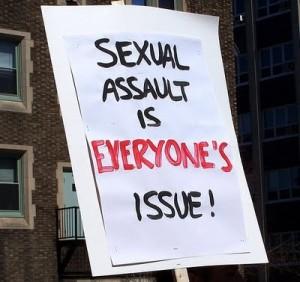
We currently live in a world where gang rape blankets the news, where 48 women are raped every hour in the Democratic Republic of the Congo and where 1 in 5 women are sexually assaulted in college in the United States.
Recently, the topic of sexual assault has emerged as a national conversation thanks to the Obama administration’s efforts to address the high rates of sexual assault on university campuses.
After speaking with our male peers on this campus, we have found that men often feel scared to engage with this issue, either because they don’t know how to start or because they feel vilified. However, it is incredibly important to acknowledge that while 98 percent of perpetrators of assault are men, only 2 to 3 percent of men are actually perpetrators, leaving the rest of us to engage with this issue in a constructive way.
As a Resident Assistant and President of the Club Rugby team who has worked with SAPE, we have had the fortune to receive training on how to facilitate discussions on sexual assault. We have found that the largest hurdle to get involved is the reluctance to engage with the dialogue. One of the most common things we have heard is, “I’m not a rapist, so why do I need to talk about this?” And our answer to those who feel this way is that it’s important to become aware, because while you may not be a rapist or perpetrator, your jokes and passive bystanding may play into a culture that allows perpetrators to thrive.
All too often, men get trapped into believing they can only be perpetrators and not supporters of this cause. But this is far from true. Not only should men feel comfortable speaking out in favor of stopping sexual assault, but they should also not feel that their contributions to this cause are in some way defined by their gender.
Recently the White House released its “1 is 2 Many” PSA featuring President Barack Obama, Vice President Joe Biden, and other male celebrities denouncing sexual assault and promoting male alliance.
However, we took issue with one line in the video: “It’s [sexual assault] happening to our sisters, our daughters, our wives and our friends.”
This type of gendered language negates the fact that survivors are also male and trans. This line implies a sense of male ownership of women. It suggests that men need to protect women predicated on the notion that they may be our sister, mother, daughter or wife; not because women are human beings and are entitled to inalienable human rights
This paints the classic picture of a damsel in distress waiting for the men to ride in on our stallions to save the day. This is the 21st century and stallions are not a thing anymore. While the message may be helpful in creating a sense of empathy, ultimately it reinforces the notion that men should fight to end this issue because it is the masculine thing to do for women. We need to move away from this message and recognize that sexual assault is an injustice to survivors —regardless of their gender identity.
So, how can men be better allies? First, we need to check our privilege. As cisgender heterosexual males, we recognize that being an ally to this issue simply by denouncing sexual assault is all too easy. However, as men we need to take this a step further, beyond wearing denim on Denim Day or changing our profile pictures to a trendy anti-sexual assault photo.
We need to listen to survivors when they come forward, stop the slut-shaming, be active bystanders, foster a culture that is safe for survivors and work every day to end rape culture. The next time we hear someone say, “That final raped me,” think someone was “asking for it” or believe that consent is synonymous with alcohol consumption, we need to correct it. While this is not an exhaustive list, it is important to recognize rape culture thrives on this campus. We need to step up and say something, not because it’s the manly thing to do, but because it’s the right thing to do.
A cultural change toward ending sexual assault is taking place in the United States. We are currently seeing the federal government take this issue seriously. Fifty-five universities are currently under federal investigation for violating handlings under Title IX. Trans students are finally protected under Title IX.
During our time here at Georgetown, we have had the privilege to call the Hilltop our home. Every day we walk around campus, we feel a sense of security and agency that we have been able to establish through our meaningful relationships, exchanges and actions. For survivors, this may not be the case. Together we need to foster an environment that embodies a safe, inclusive and secure culture that is aware of the innumerable issues that take place on this campus, and sexual assault is one that we cannot ignore.
Jimmy Ramirez is a Sexual Assault Peer Educator, an I Am Ready facilitator and Chair of Advocacy for the Georgetown Scholarship Program. Alex Skarzynski is President of Club Rugby and the outgoing Chair of Advisory Board for Club Sports.


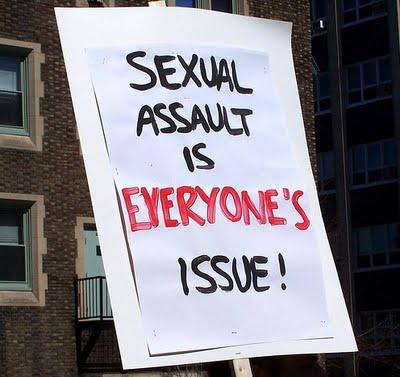
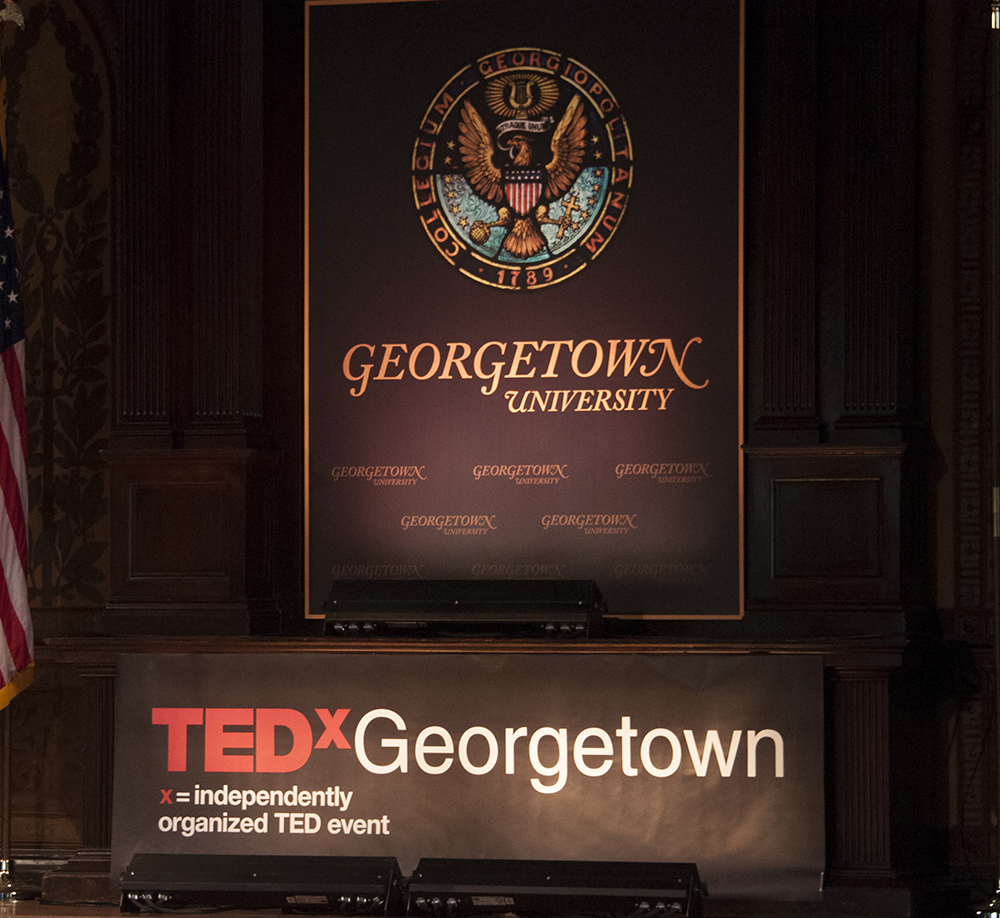


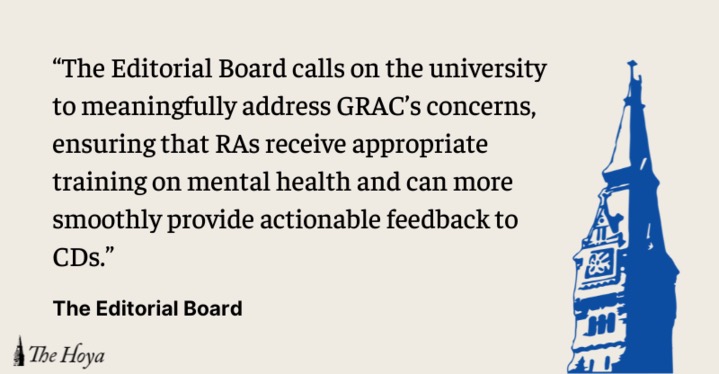
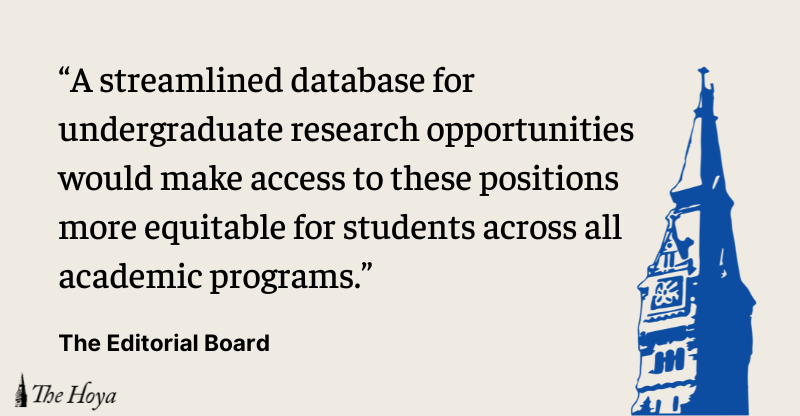
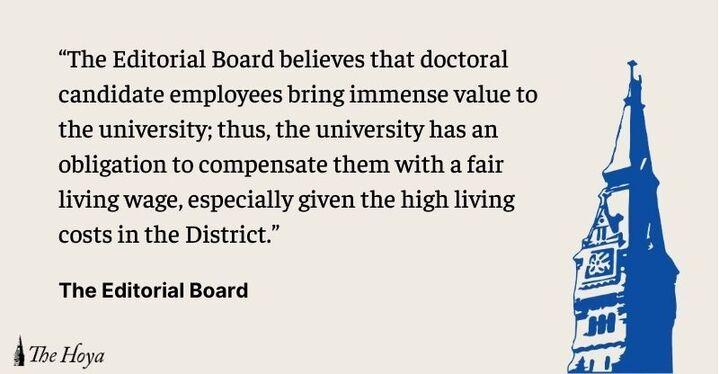







Ko B. • Jun 10, 2014 at 9:57 am
I really appreciate this article even though I am not a Hoya. It addresses real issues: gendered language, privilege, and ignorance. It’s never okay to turn your head to atrocities just because they do not affect you directly (or people that look like you). More men need to join the dialogue to have a larger, more effective movement away from rape culture.